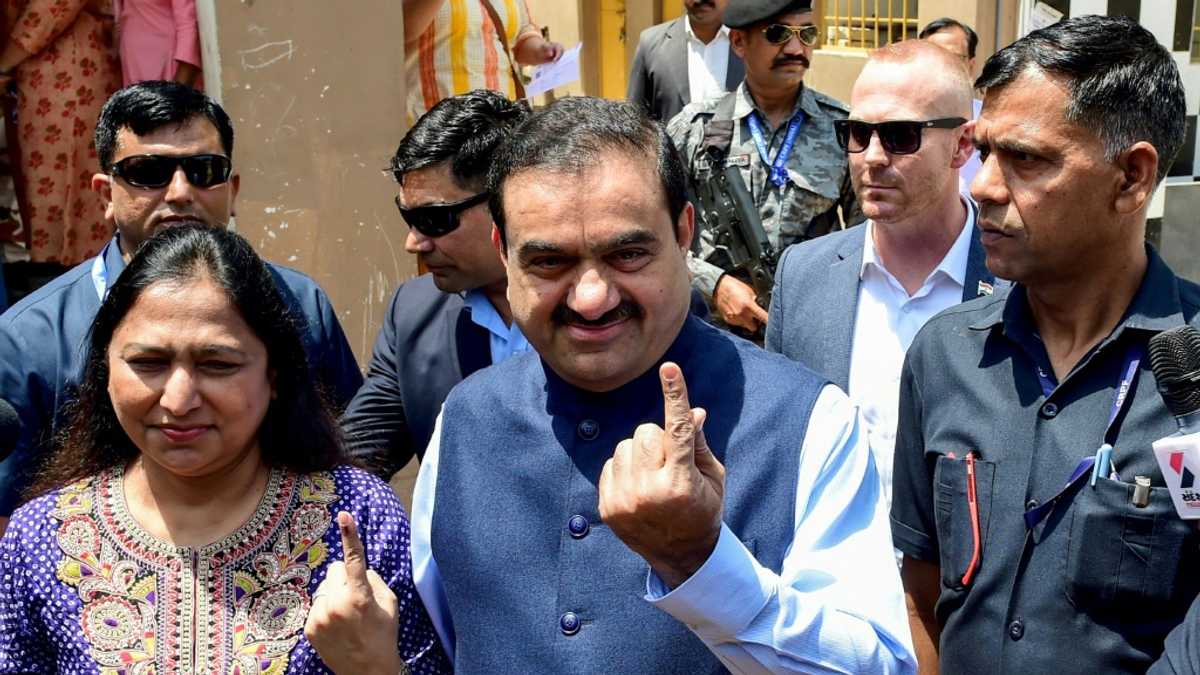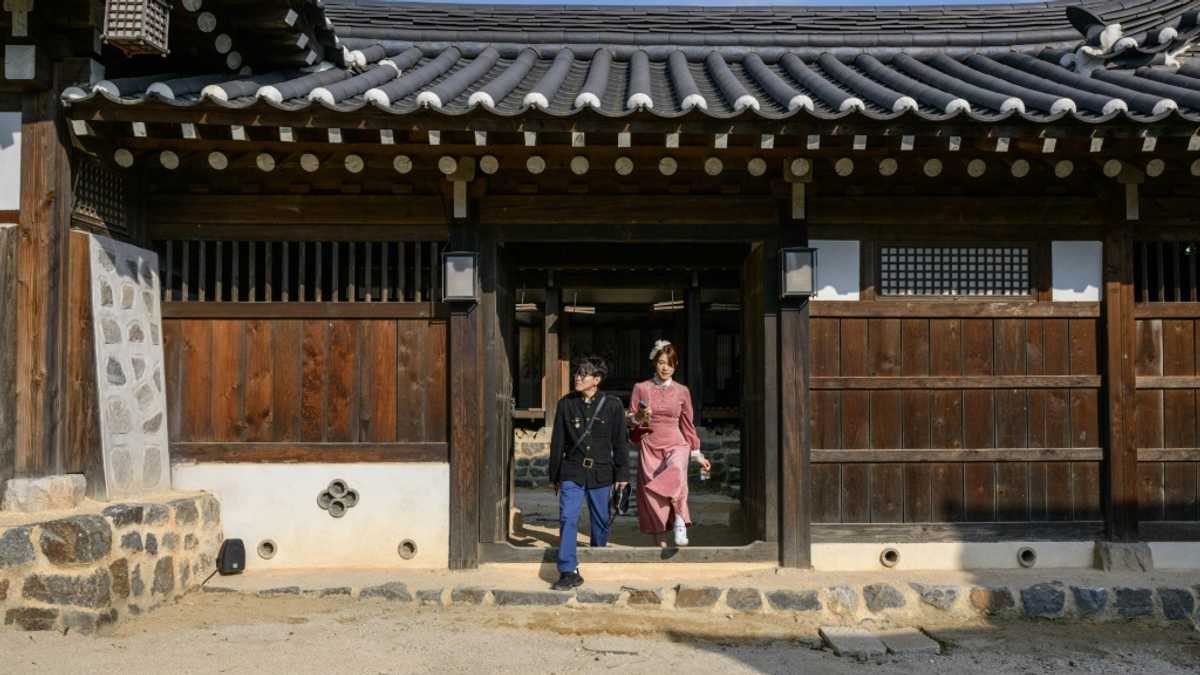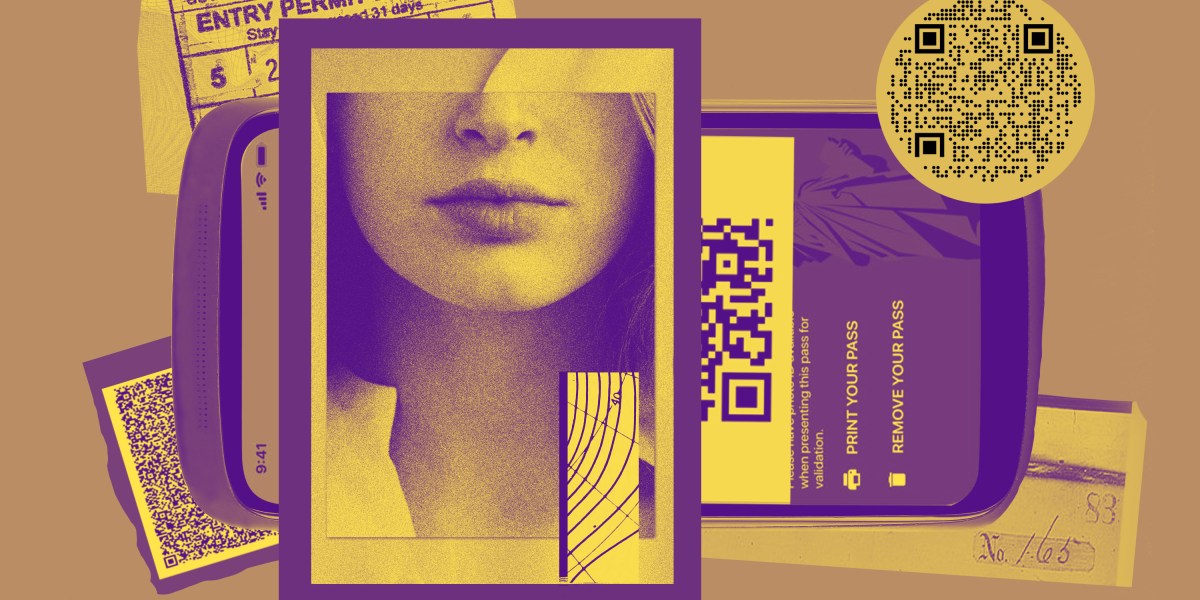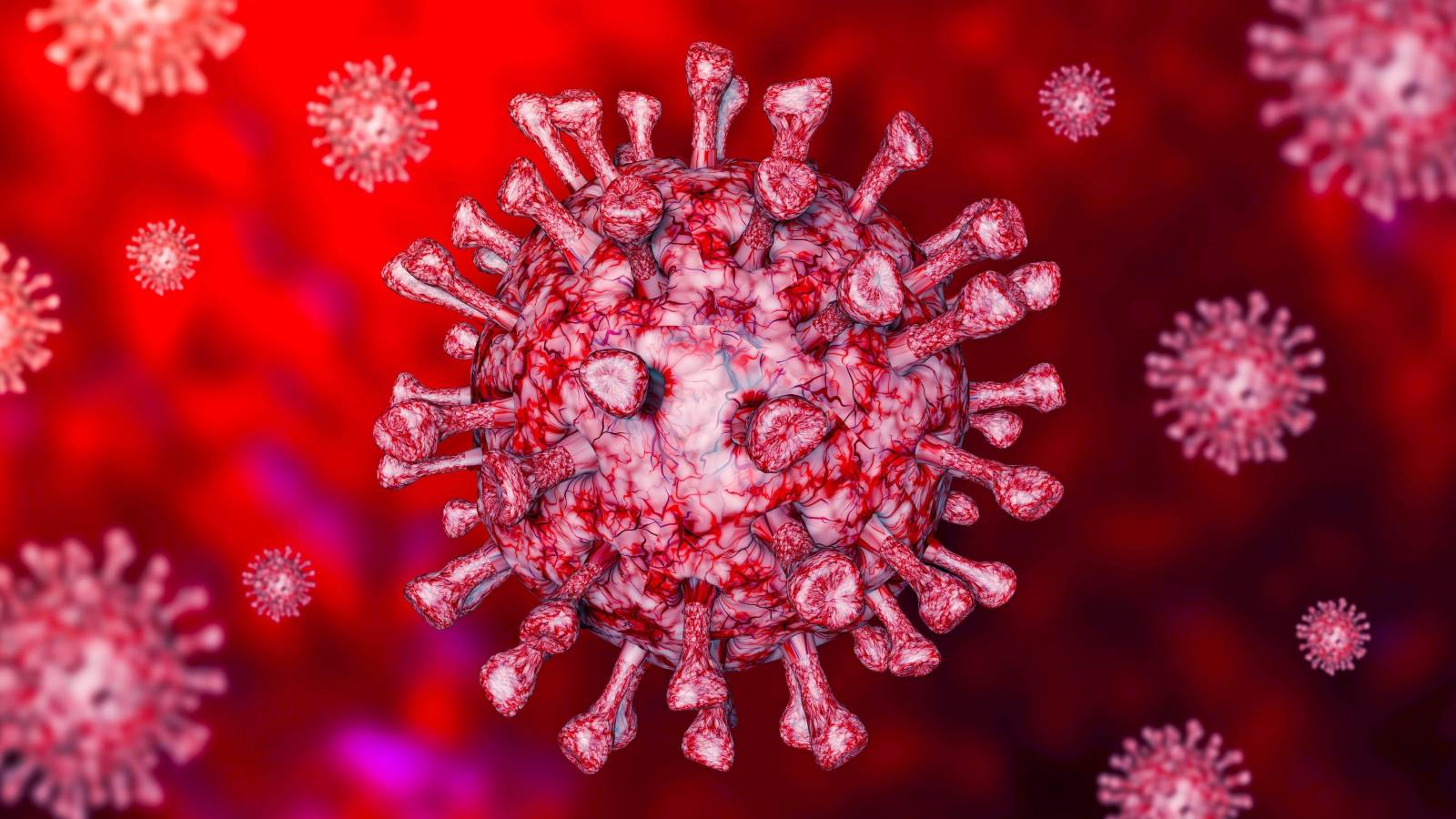Norway is becoming a centre of internet of things innovation as tech developers look for answers to some of the country’s unique challenges
An unusual mix of industries and an eager population make Norway fertile ground for innovation in the realm of internet of things (IoT).
Commercial activities are not the same in Norway as they are in many other developed countries. Manufacturing and traditional supply chains are not a big part of the industrial landscape, but oil and gas are – and so are all things maritime. It isn’t surprising that the country is already full of interesting IoT applications, but there’s reason to believe the best is yet to come.
According to Anders Elbak, research director at IDC: “Norwegians, like all other Nordic populations, are open to new technologies. They aren’t afraid of trying new things, but they take a practical approach towards technology, only applying it to solve specific needs.”
What better way of solving specific problems than to connect “things” with highly tailored software that makes intelligent decisions? This creation of smart environments fits the Norwegian mindset in more ways than one.
“IoT solutions involve a lot of different technology and interfaces,” said Elbak. “The technology created is often for a common good and requires collaboration between companies that may otherwise compete. This kind of collaboration is much more common in the Nordics than in other places, and it’s generally what’s needed for IoT solutions.”
Like its Nordic peers, Norway is rich, which means many things are expensive – including labour. Flying somebody out to a remote area to find a problem and then fix it can be costly. But if you can predict a problem and narrow down its location, you can fix it sooner and at a lower price. For this reason, predictive maintenance is a big application area for IoT, not only for power distribution, but also for Norway’s huge oil and gas industries.
Another sector to benefit is fish farming. For example, salmon farms now use IoT technology to keep lice from killing off entire populations. Cameras and sensors feed data to AI systems that make predictions about lice outbreaks so they can be stopped early.
“Norway has connected trash bins,” said Elbak. “It has wastewater monitoring systems to measure water flows.”
Perhaps the use cases that best reflects the Norwegian way of life is a solution that includes a small device that goes in leisure boats to monitor battery life and detect the activation of water pumps.
“A lot of Norwegians have their own house, a cottage, and a boat,” said Elbak. “Those boats may be docked far way. When water ingress is detected, pumps are activated and the boat owner is alerted. This is a very specific use case that solves one of the typical problems a Norwegian would have.”
Local academics have noticed this trend towards applying digital technology to improve all aspects of work and life. That’s why the Norwegian University of Science and Technology (NTNU), the largest university in Norway, considers IoT to be a strategic area of interest.
“Our focus on IoT is driven by the needs of Norwegian industry,” said Pierluigi Salvo Rossi, deputy director for research in the department of electronic systems at NTNU.
“IoT provides us with a good opportunity for research, and it allows us to deliver state-of-the-art solutions to industrial partners. An increasing number of activities in Norway are undergoing a digital transformation with the goal of streamlining operations and reaching a higher degree of sustainability.”
One good example of sustainability is the new Longship project, which aims to capture CO2 and store it deep in the sea. Longship just began in 2021 and is sponsored by the Norwegian government to the tune of €1.7bn.
“You can imagine how complex this will be,” said Salvo Rossi. “You need sensors to monitor the different equipment and detect leaks. Connected things will also create smart environments to help optimise the processes.”
Perhaps the most important word here is “connected”, which presents more challenges in Norway than in most other developed countries. Networks are expensive to build in the sparsely populated, rugged regions where devices are often needed.
“4G coverage is quite good in Norway, but it is not suitable for many IoT use cases,” said Elbak. “The bandwidth is not good enough for video or other types of streaming data, and the cost is too high for solutions that only require limited data volumes.
“Often, IoT uses short range network technologies like Bluetooth, Zigbee and Wi-Fi, then connects to a central datacentre using wired connections. But access to these broadband wired services can be a challenge.”
As far as narrowband signalling goes, there is a Sigfox network and there are LoRaWAN providers that support IoT solutions, but those networks are not present in some of the remote parts of Norway.
Because much of the industrial activity in Norway occurs in those remote spots, some IoT solution providers have turned to satellite coverage – and the expense of that coverage falls on the solution provider, who naturally passes the cost on to the end customer.
“Norway has a very long coastline and a lot of rural areas,” said Salvo Rossi. “But there is also this attitude that you should get the same level of service no matter where you are. This comes from a sense of fairness that prevails in the country.”
The government sees 5G as a solution to this problem and more. 5G will connect not only people, but also things, creating smart environments powered by artificial intelligence (AI) systems that run in edge computing facilities. With these benefits in mind, Norway has made aggressive plans to facility a rapid roll-out of 5G.
A little peer pressure may also help Norway move things along. In 2018, the Norwegian government signed a Letter of Intent with fellow members of the Nordic Council to make the region “world leaders in using 5G technology for the development and digitalisation of all sectors of society”.
With broadband wireless data and edge computing to perform sophisticated processing with quick turnaround, Norway will surely come up with even more interesting IoT applications in the years and decades to come.
Read more on IT for telecoms and internet organisations
Note: This article have been indexed to our site. We do not claim ownership or copyright of any of the content above. To see the article at original source Click Here













